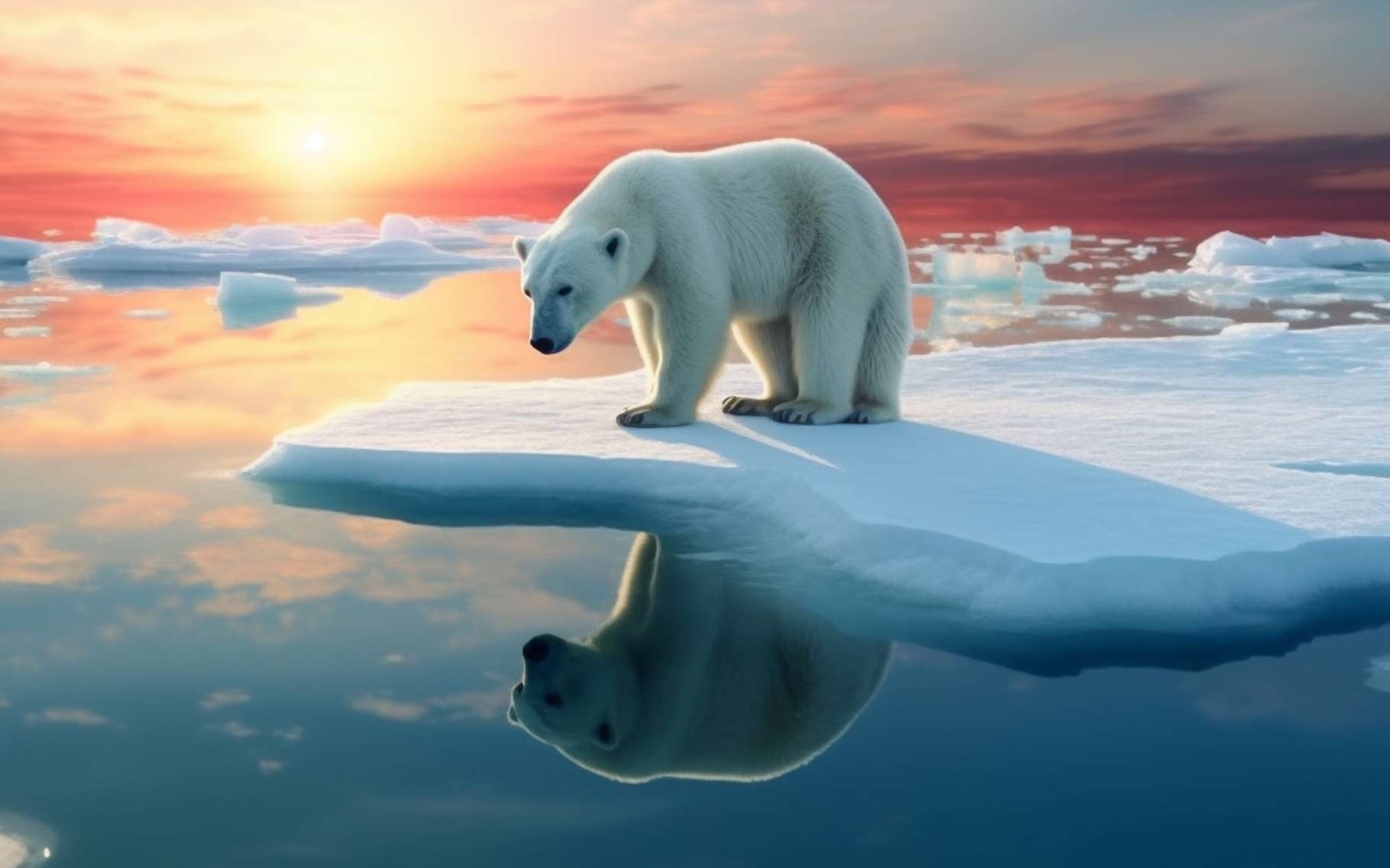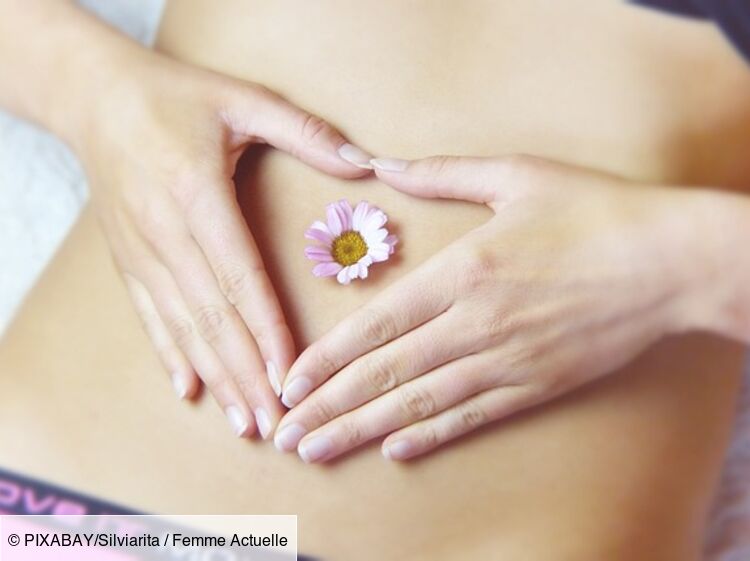
The Kiss Cool double effect. You know ? The expression is used to refer to an action that causes an effect in addition to that expected. And researchers are explaining to us today how it applies to the Montreal Protocol.
You may also be interested
[EN VIDÉO] The ozone layer monitored by satellites By absorbing ultraviolet radiation from the Sun, the ozone layer protects living beings…
What we know today as the Montreal Protocol was signed in 1987 by all the member countries of the United Nations. With the aim of putting an end to the use for refrigeration, air conditioning or even aerosols, of a hundred artificial chemicals that researchers had then identified as agents for the depletion of our ozone layer. It paid off. The ozone layer is recovering.
Opponents of the Montreal Protocol predicted negative side effects. Most did not happen. Better still, researchers from the University of California (United States), Columbia University (United States) and the University of Exeter (United Kingdom) are now reporting a fantastic positive collateral effect on anthropogenic global warming.
Caution remains in order
Because you should know that chemicals that deplete the ozone layer (Saco) – chlorofluorocarbons, for example, the famous CFCs – are also greenhouse gases. Less abundant than carbon dioxide (CO2), but whose impact on our climate is still real. It was particularly important in the Arctic, in the second half of the 20the century.
Recent work by scientists based on climate model simulations confirms that the protection of the ozone layer itself has played no role in climate protection in the region. On the other hand, the decrease in the greenhouse effect associated with the decrease in emissions from Saco had a noticeable effect. According to the researchers, every 1,000 tons of avoided Saco emissions saves about seven square kilometers of Arctic sea ice. So could the Montreal Protocol make it possible to delay the onset of ice-free summer on the Arctic side by 15 years? Provided that Saco concentrations do not rise again, as seems to have been observed from the 2010s.




GIPHY App Key not set. Please check settings